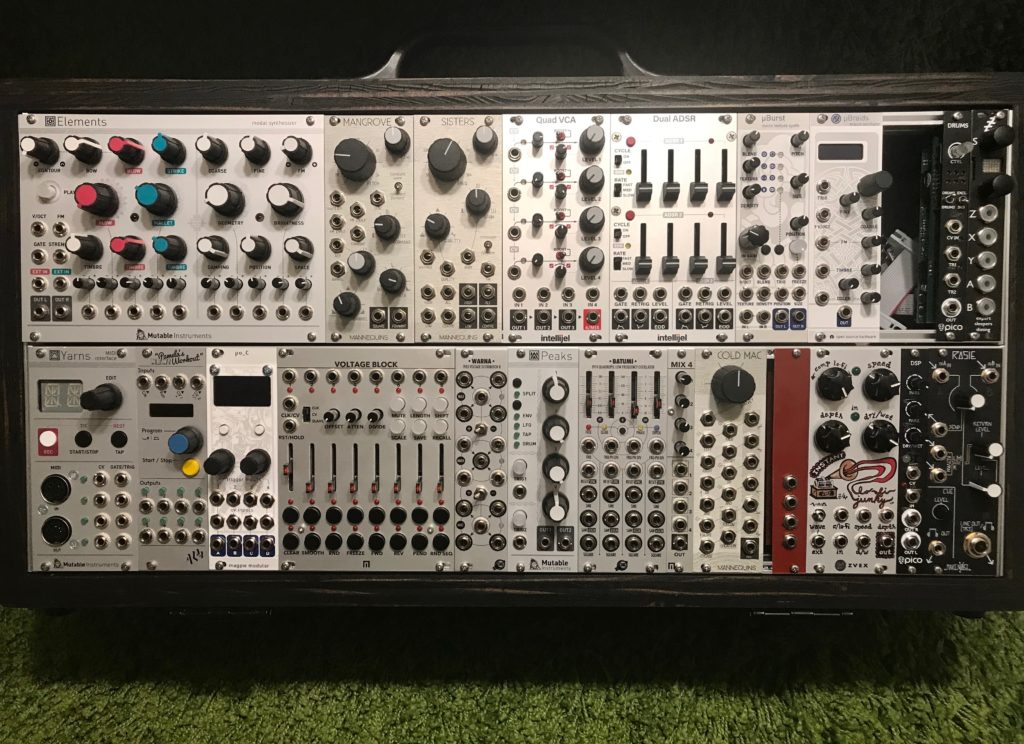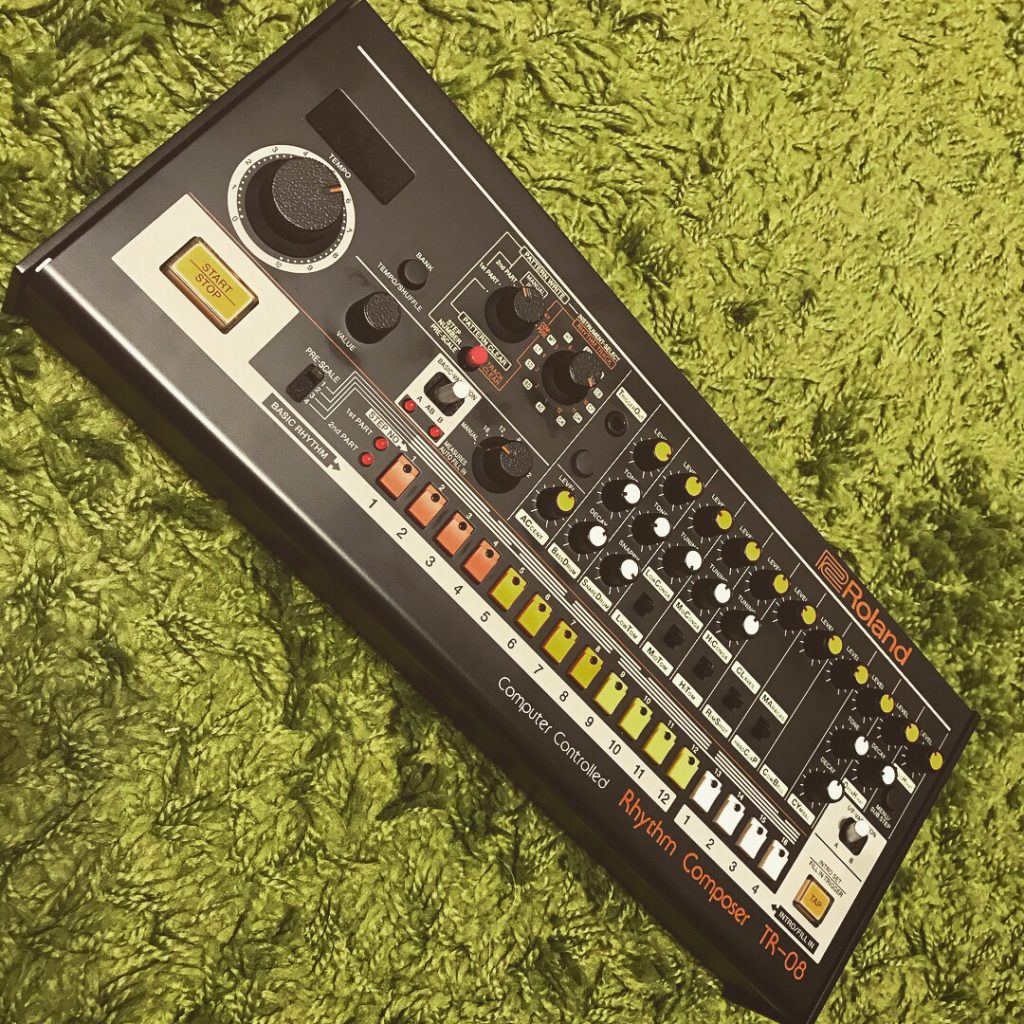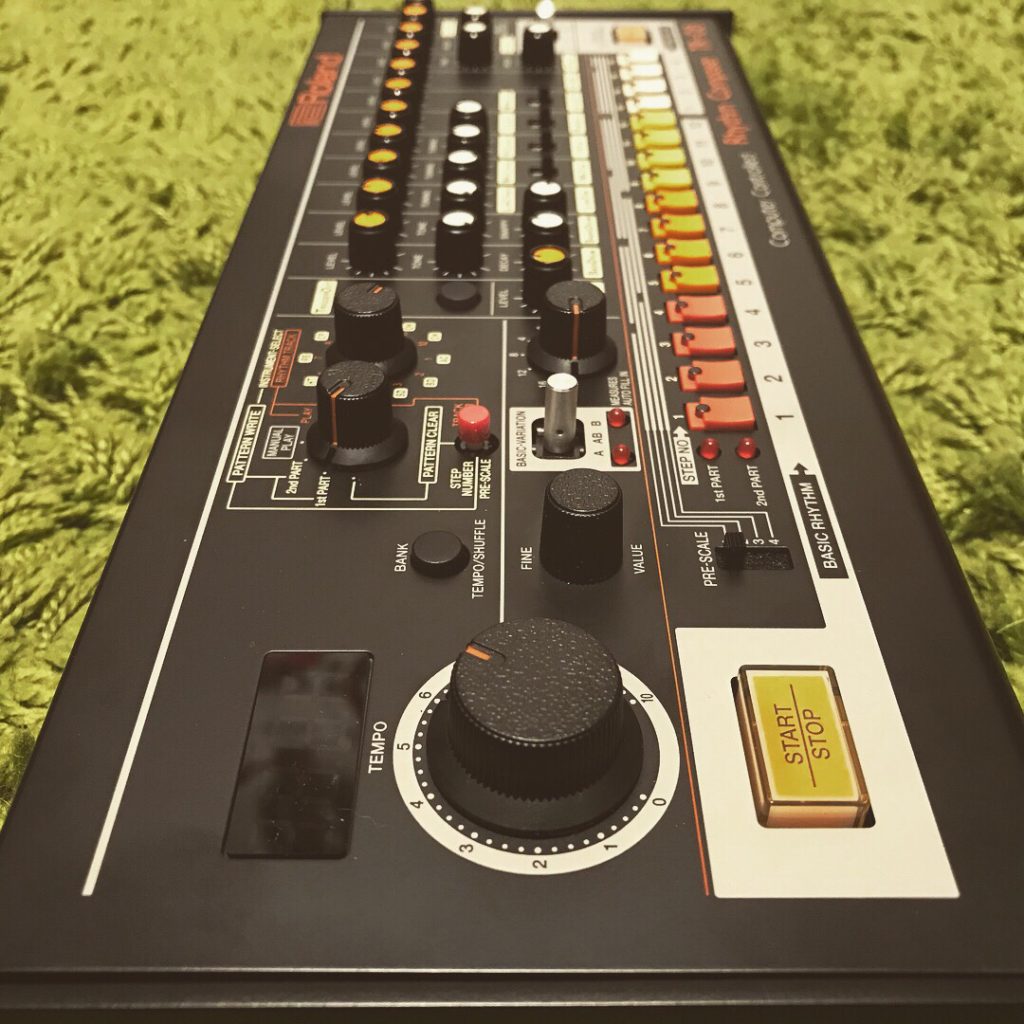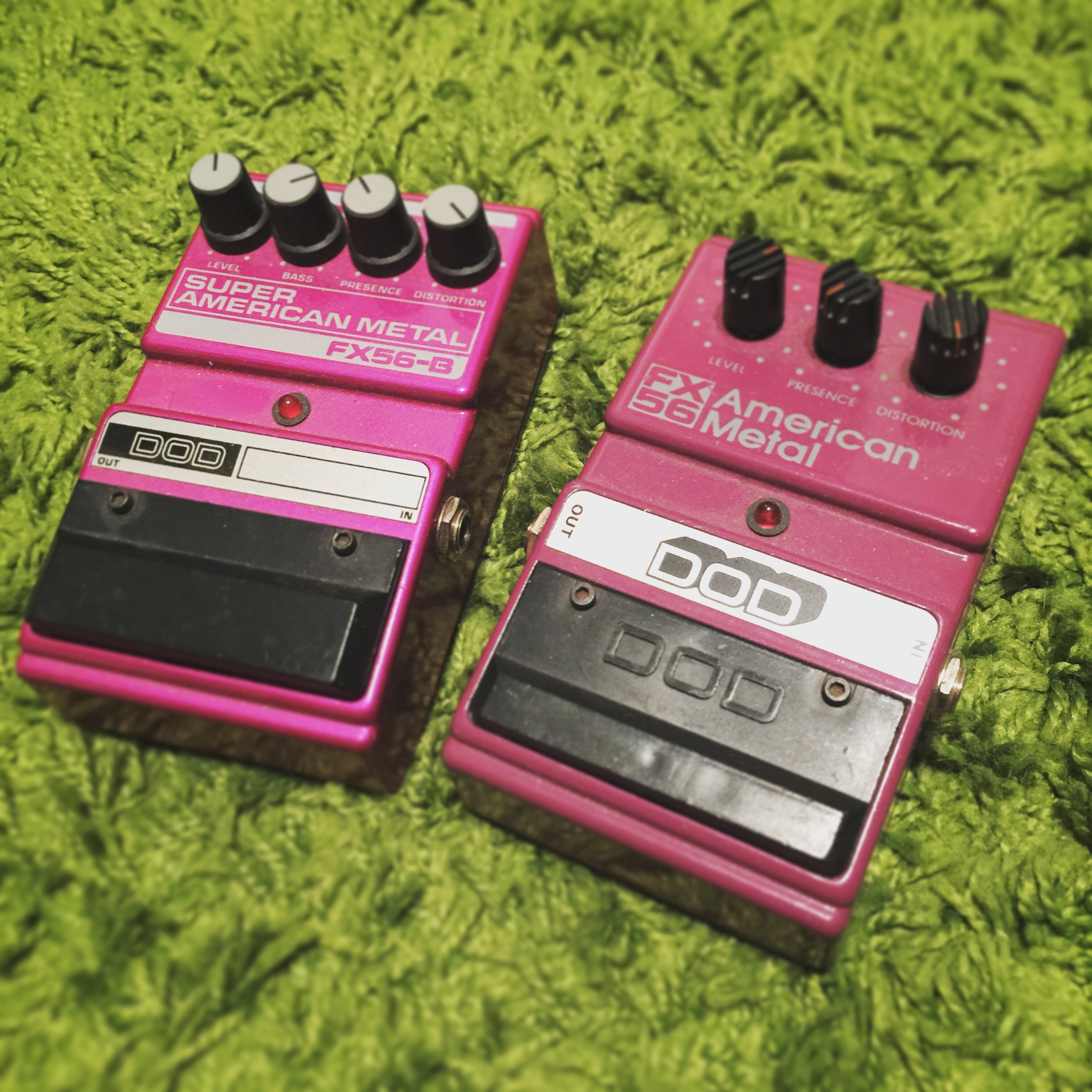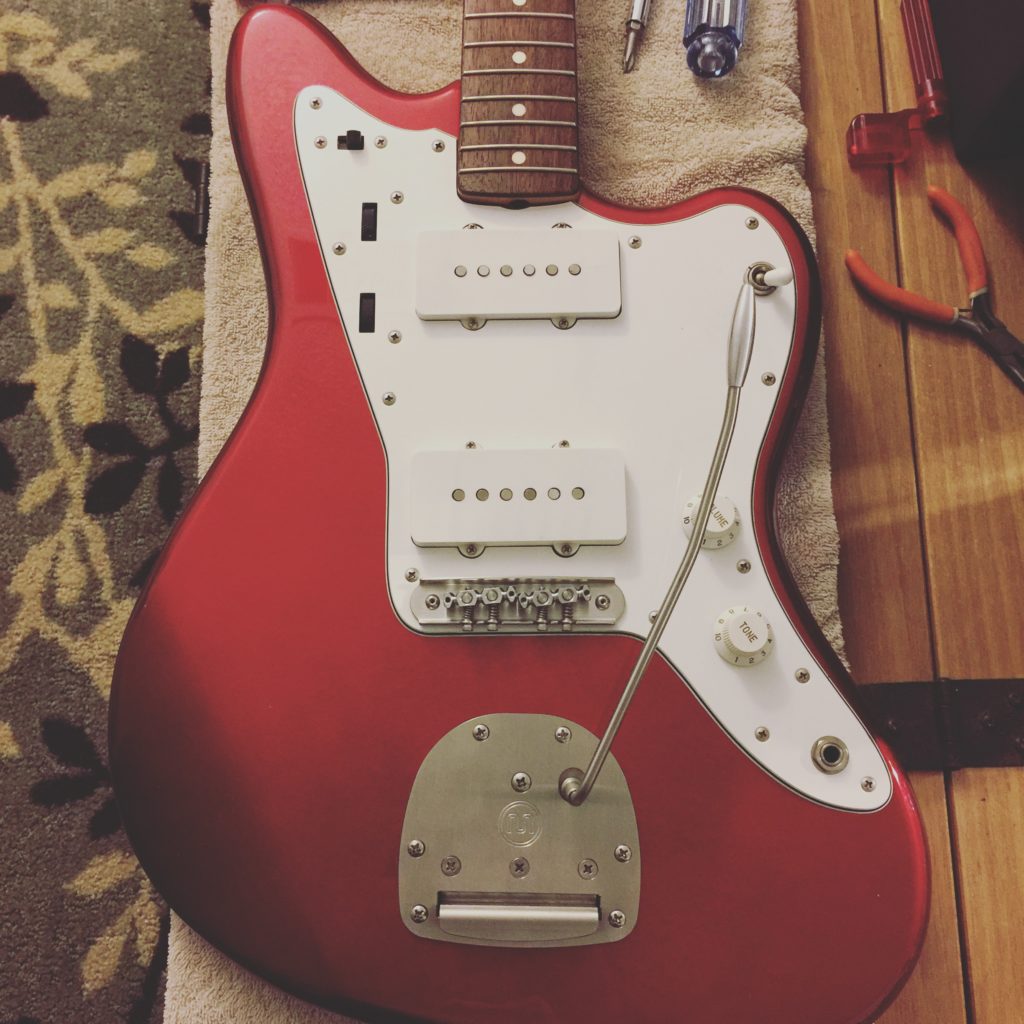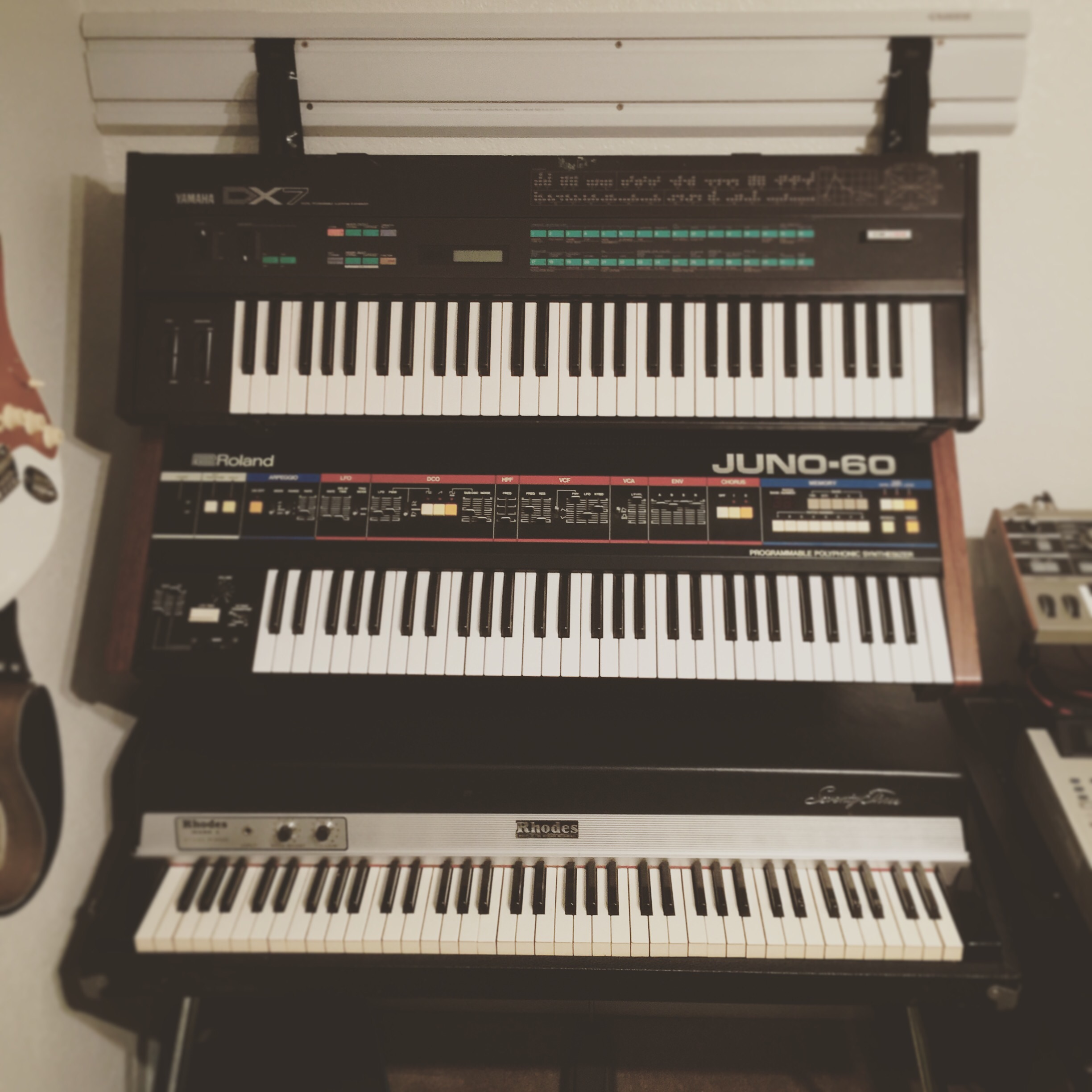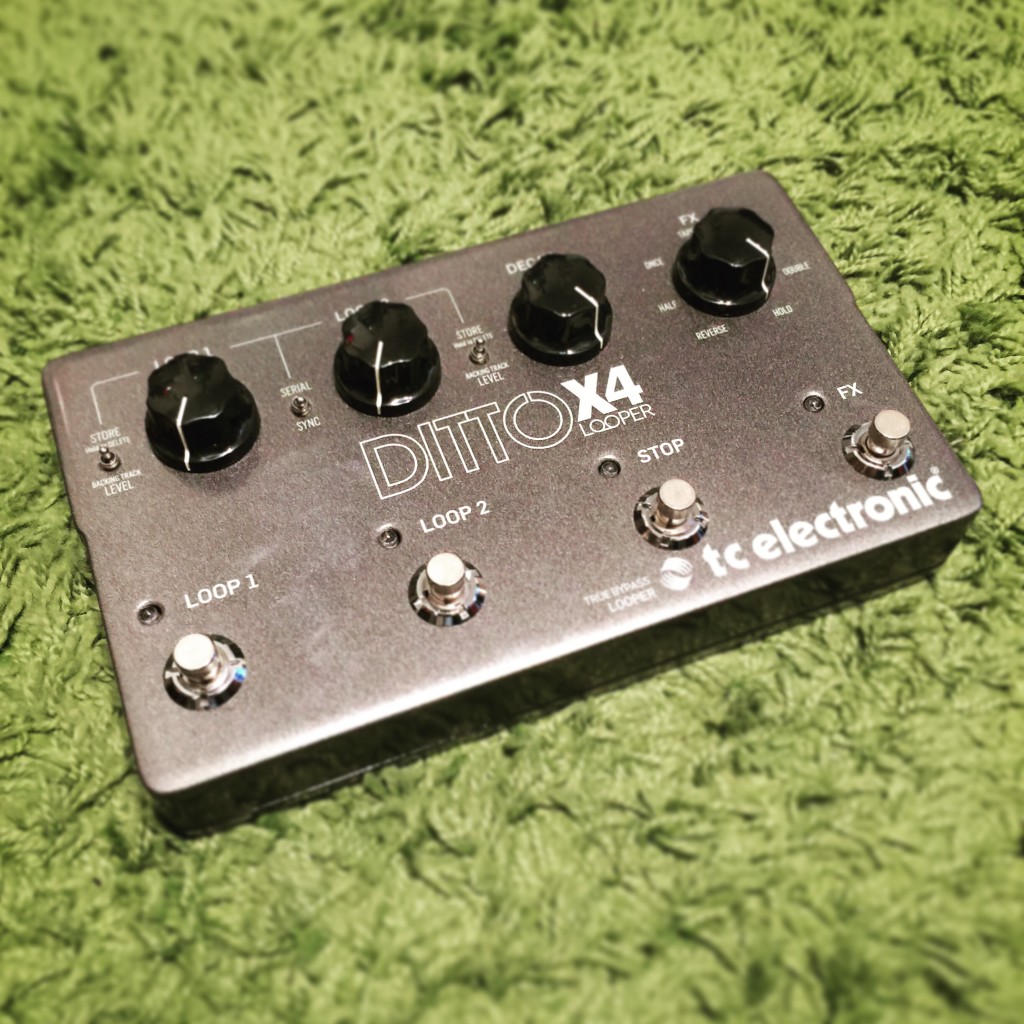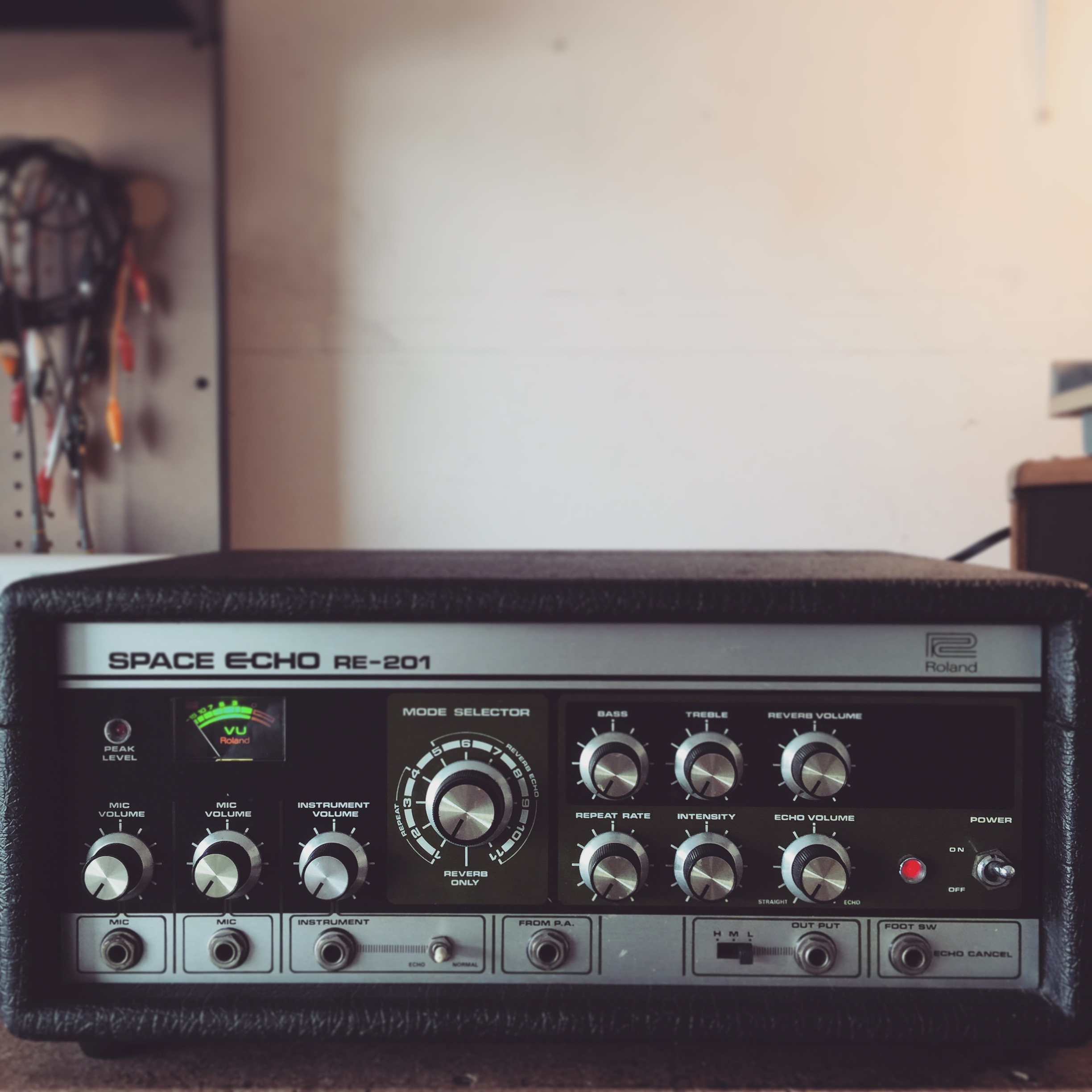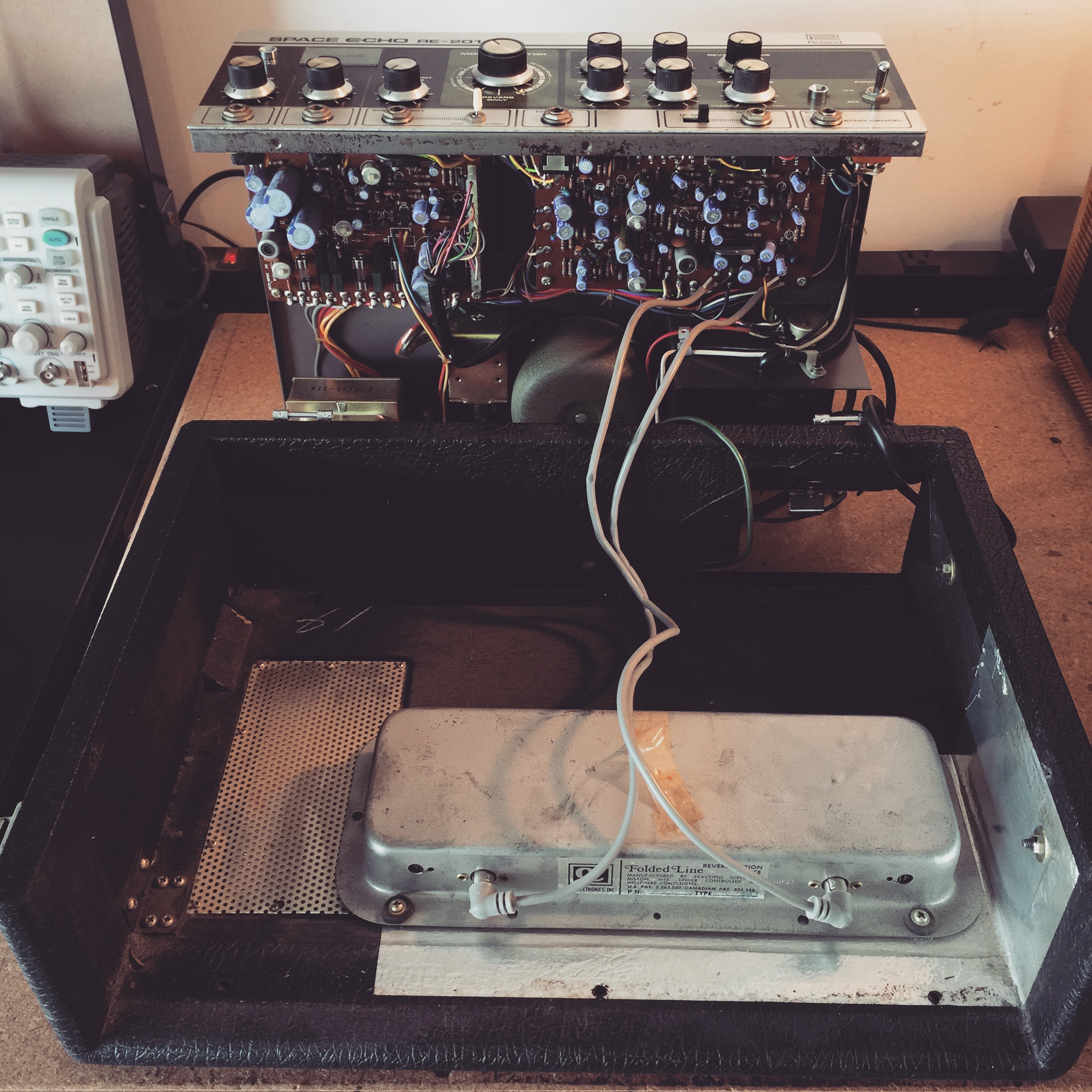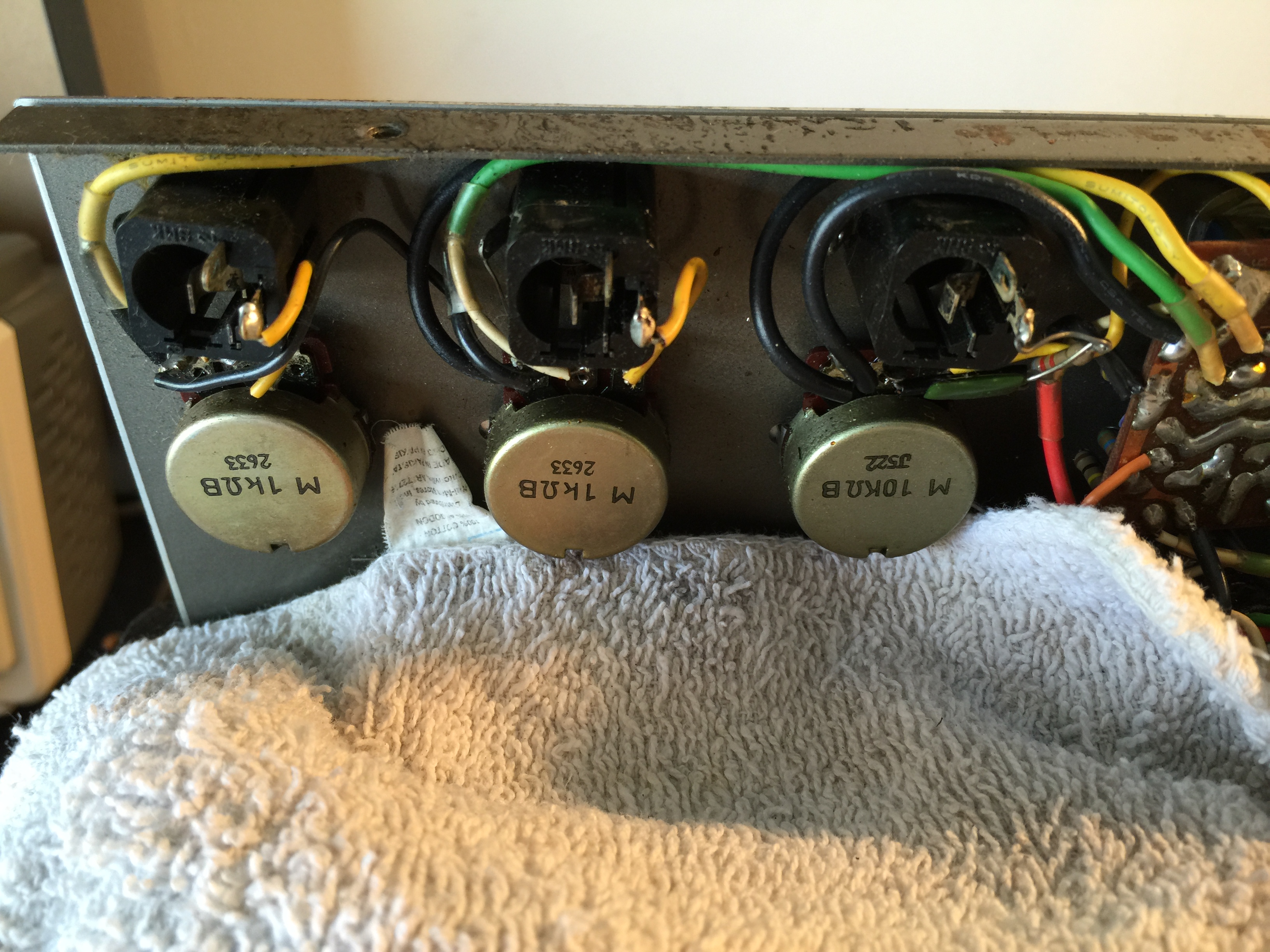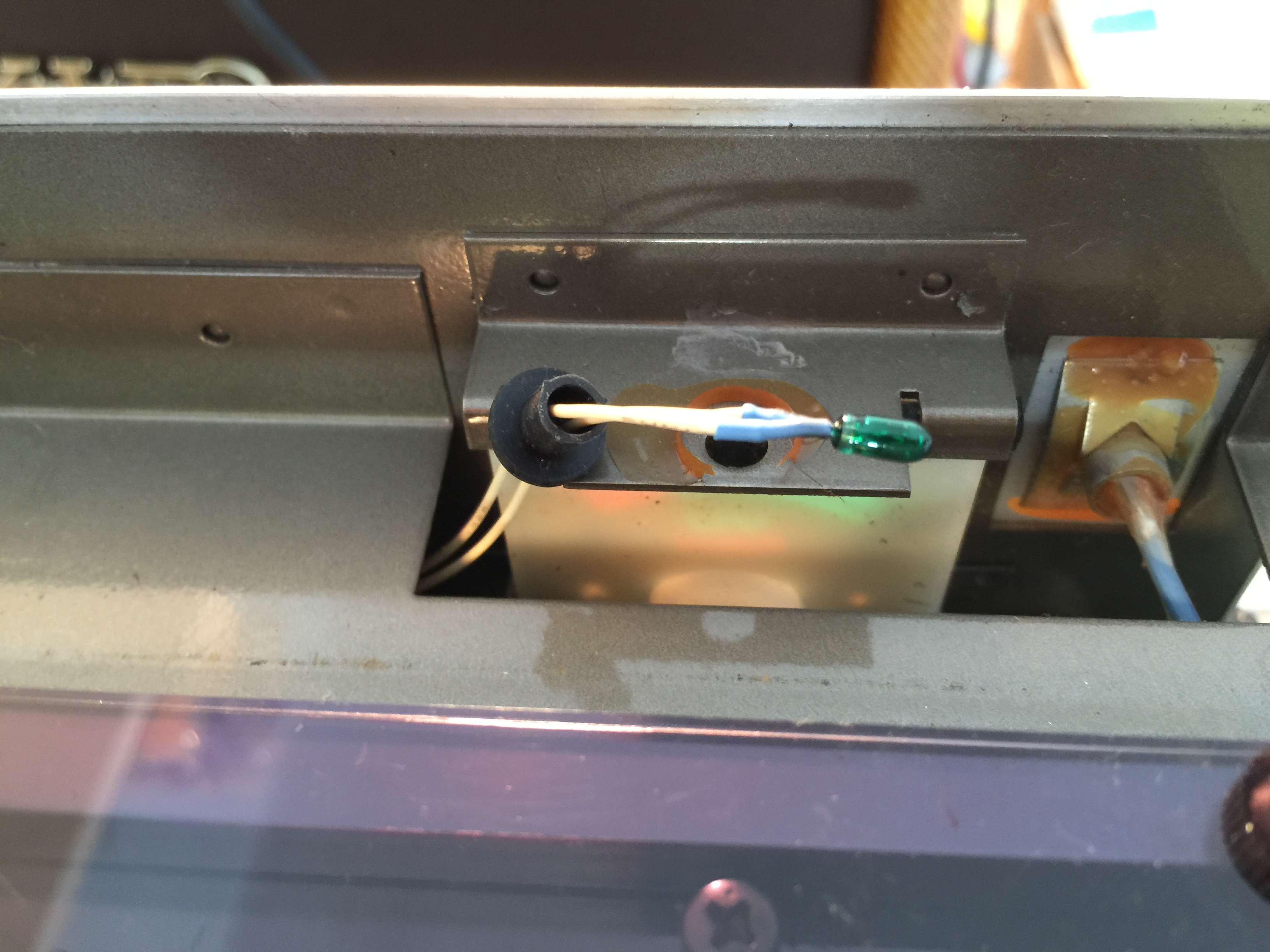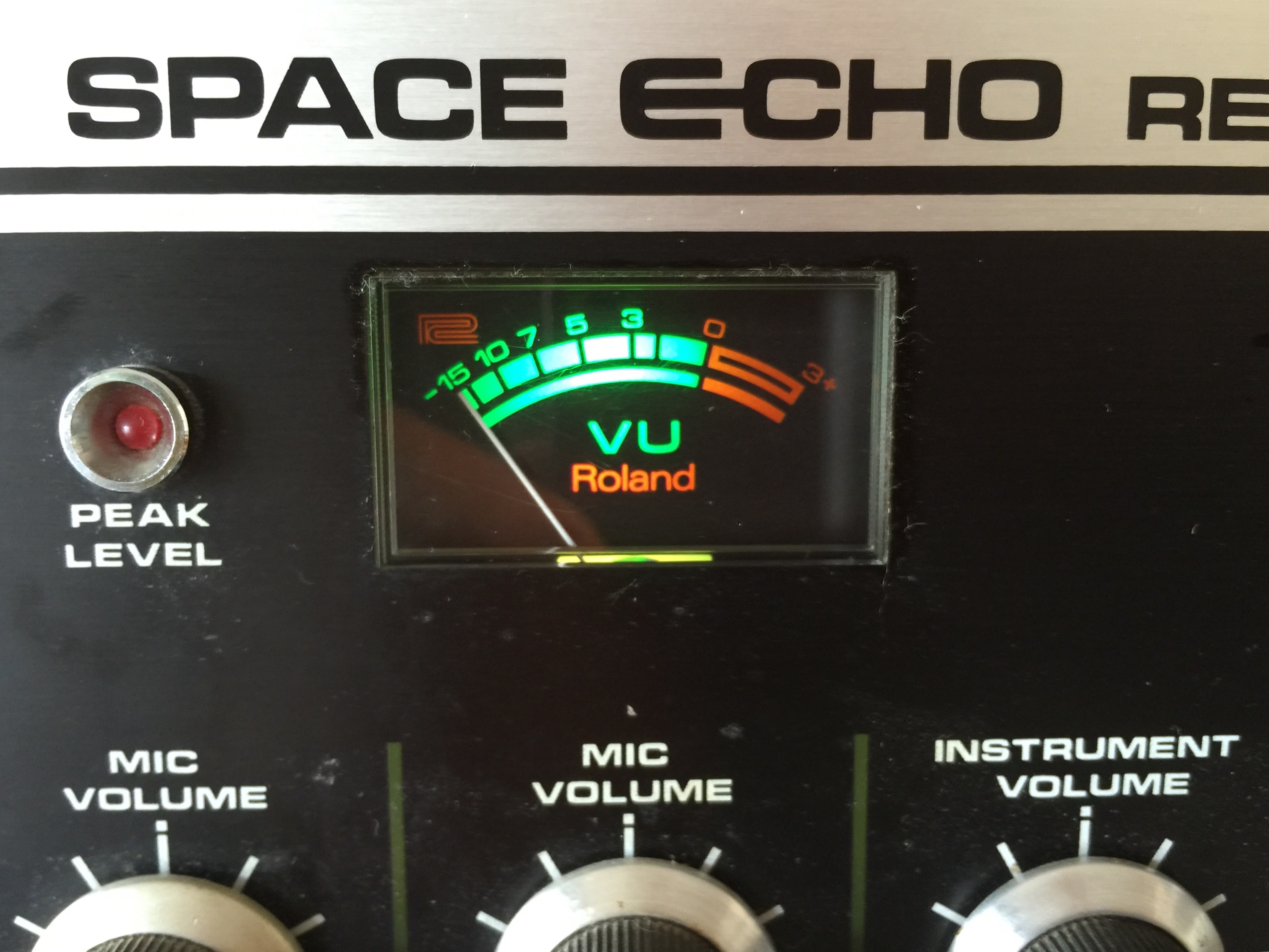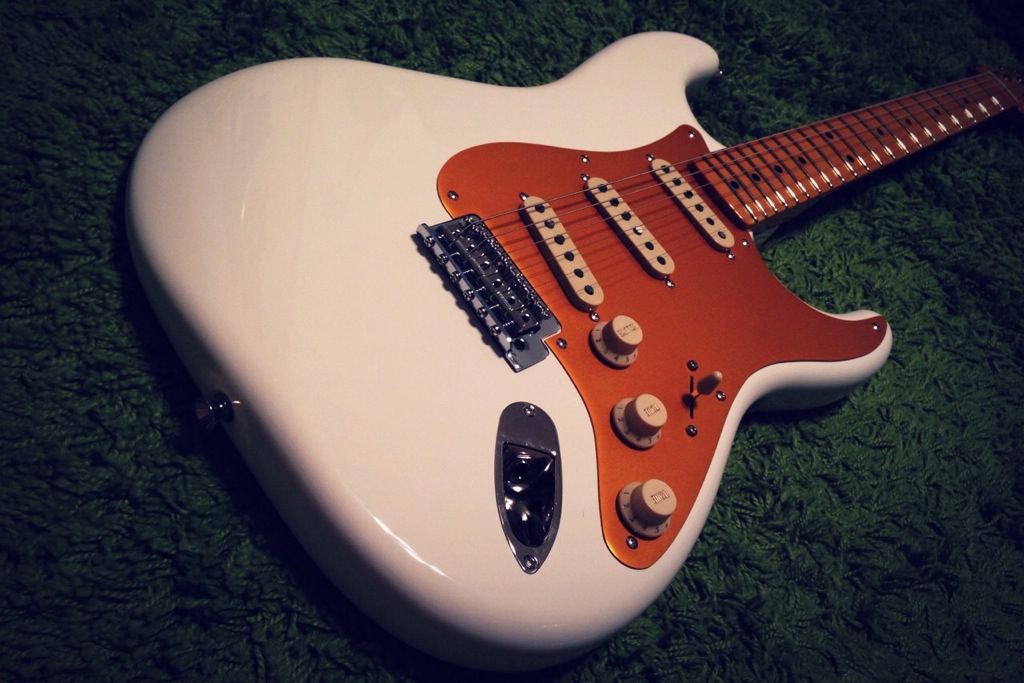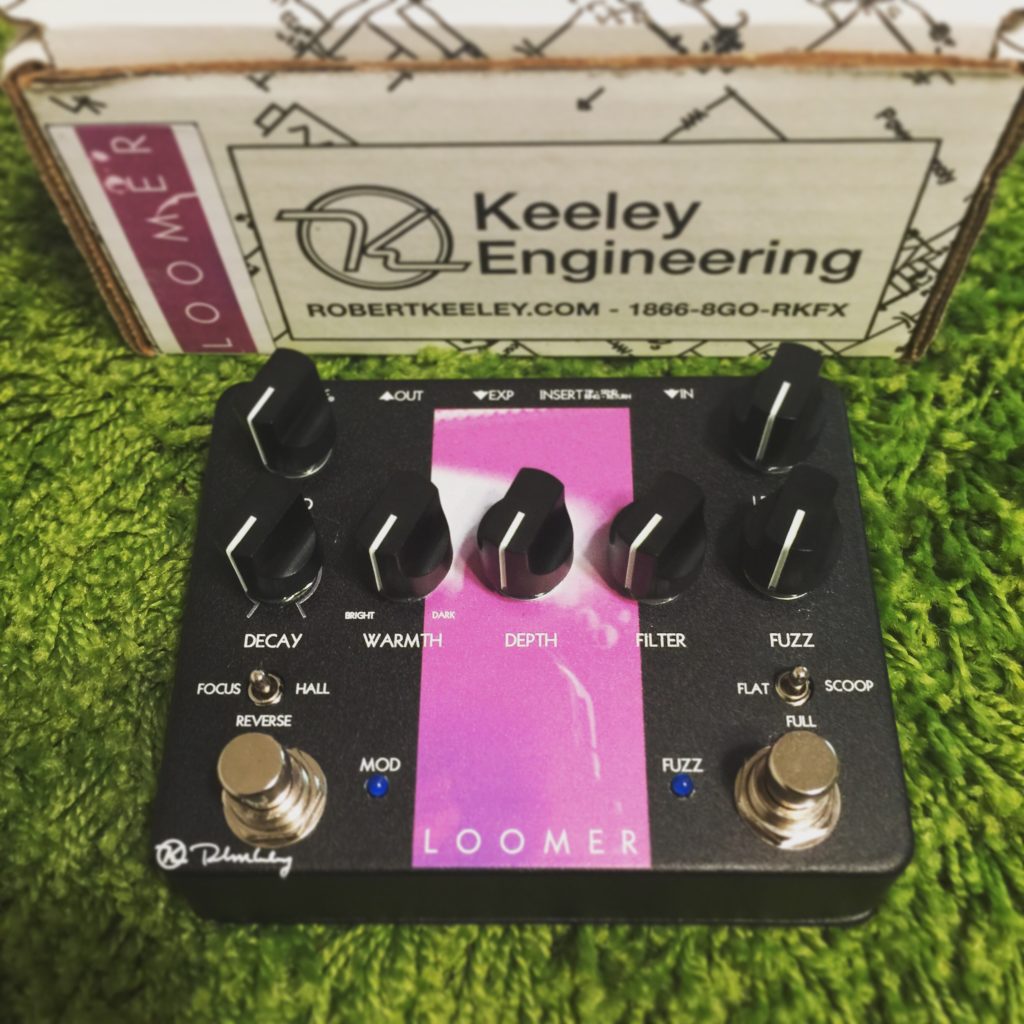
So what is this and why does it exist?
This is a pedal by Keeley to nail some of the more notable shoegaze/dreampop tones. From a wall of fuzz (Big Muff Style) to 3 distinctive types of reverb.
Is this a “My Bloody Valentine in a box” pedal?
Not really. This can get you close to the sound to some degree. You have to realize, Kevin Shield’s sound is not from one specific pedal (he has MANY on his multiple boards) but a combination of pedals/rack gear, tone shaping and shear volume. This being said, its great to dime the fuzz and put it on reverse reverb and strum away and get a nice wall of sound and look at the floor and pretend your Kevin.
What I like about it:
The Fuzz side has some great tone controls (Flat, Full & Scooped) and can get a nice array of BMP fuzz tones. The focus reverb setting is really unique with its reverb being very dense and 2 very short delays in parallel (one set for 250ms, the other set for 380ms). The reverse setting is something you don’t find often in a pedal form, It is mostly in rack effects. The reverse is based on the Yamaha SPX90 which was/is known to be used by Kevin Shields. The modulated/pitch bend in the reverse mode is really fun to play with and does not feel gimmicky at all.
What I’m not crazy about:
I wish there was a way to switch the effect order so I can do the reverb side into the fuzz side. Not else really jumps out about this pedal.
Conclusion:
The fuzz side of things, I did have a good time with the built in fuzz but I found that the reverb settings can take other pedals with no problems. I really like using my Fuzz Factory clone into the reverse setting.
I have a Yamaha SPX90 that I got from a pawn shop on its way and I will love to put it through its paces to see its a better option for the reverse effect or can this pedal accomplish that need. For now, this pedal scratches the tone itch I was after and will minimize the amount of gear needed to achieve that tone.
